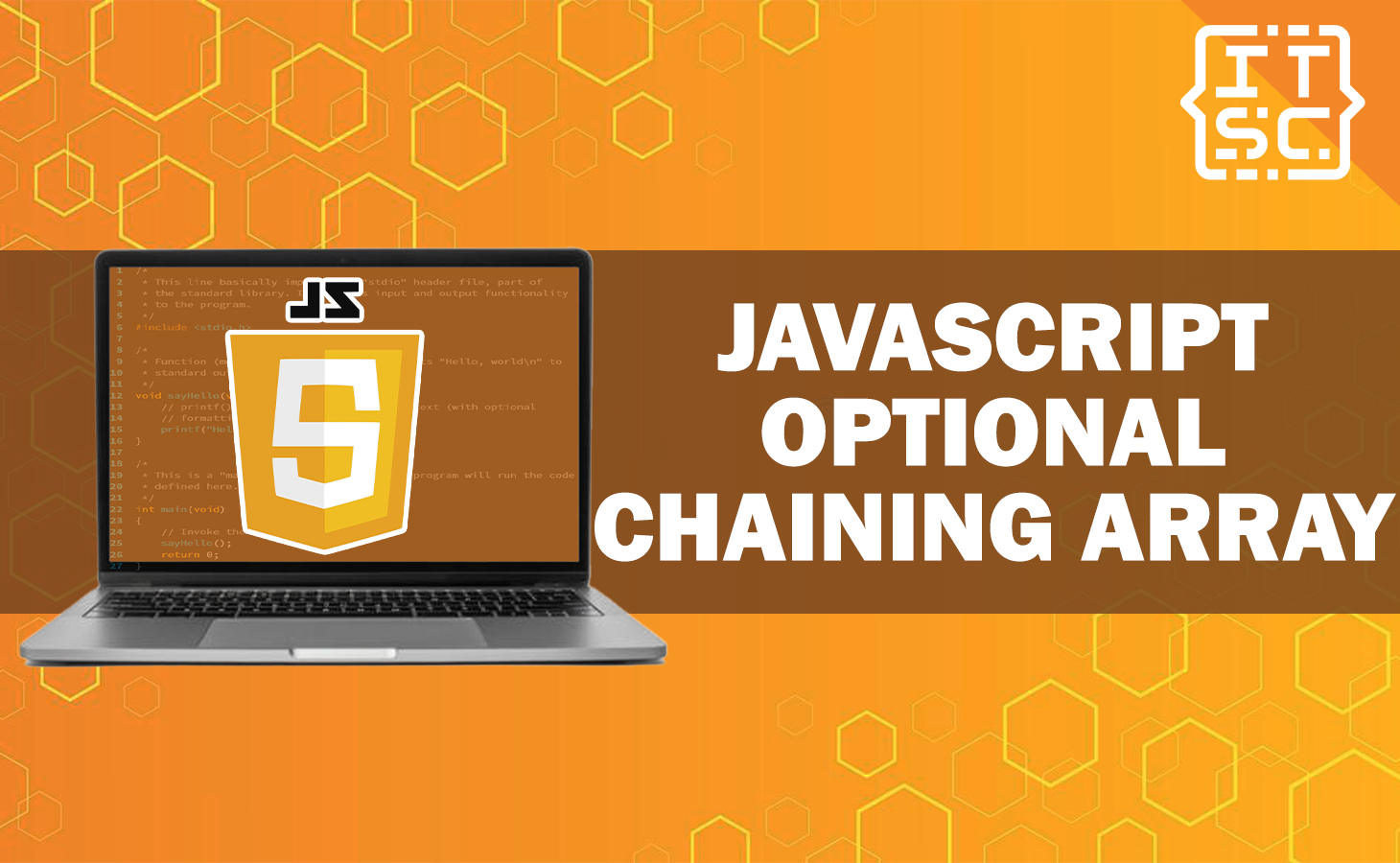JavaScript Optional Chaining Array, typically referred to as “?.” is a game-changer for developers. It enables you to access nested objects and arrays without the need for considerable error-checking.
Let’s explore its benefits and how to use it effectively.
What is Optional Chaining?
Optional Chaining is a JavaScript feature introduced in ES11 (ECMAScript 2020). It fixes a common pain point in web development—dealing with deeply nested objects or arrays.
In traditional JavaScript, accessing a property within such structures could lead to runtime errors if any part of the chain was null or undefined. Optional Chaining solves this problem elegantly.
Benefits of JavaScript Optional Chaining Array
- Error Avoidance:
- By using Optional Chaining, you can prevent those extreme “Cannot read property ‘X’ of undefined” errors that usually affect developers.
- Readability:
- Your code becomes more concise and readable. Instead of interminable if-checks, you can use the chaining operator to navigate through complex structures.
- Efficiency:
- Optional Chaining enables you to access nested properties without unessential computations. It short-circuits when encountering null or undefined values, making your code more efficient.
- Safe Navigation:
- It’s like a GPS for your code always guiding you to your destination while avoiding errors.
Mastering JavaScript Optional Chaining Array
To use the power of Optional Chaining, follow these steps below:
Step 1: Check Browser Compatibility
Before we proceed, make sure that your target browsers support Optional Chaining.
Also Read: JavaScript Question Mark After Variable
Most modern browsers do, but it’s necessary to check the compatibility to avoid surprises.
Step 2: Syntax
The syntax is genuine. To access a property that may be nested within several objects or arrays, use the “?” operator.
Example code:
const value = obj?.value1?.value2;
Step 3: Real Example
Let’s apply this to a practical example. Suppose you are working with a user object that consists of contact information, and you want to restore the user’s email address:
const email = user?.contact?.email;
JavaScript Optional Chaining Array in Action
Here’s a real use case: Assume that you are building an e-commerce platform with a shopping cart.
The user’s cart consists of products, which in turn have properties like name, price, and quantity.
Optional Chaining reduces the process of accessing these properties:
const productName = userCart?.products[0]?.name;
const productPrice = userCart?.products[0]?.price;
const productQuantity = userCart?.products[0]?.quantity;
FAQs
Yes, it works smoothly with arrays, making it a functional tool for any complex data structure.
Optional Chaining is highly optimized in modern JavaScript engines, so the performance impact is minimal.
Optional Chaining is available in ES11 (ECMAScript 2020) and later. To use it in older projects, consider transferring your code with tools like Babel.
While it reduces the need for error-checking, it is necessary to handle unexpected scenarios carefully.
Conclusion
JavaScript Optional Chaining Array allows developers to write cleaner, more effective code. Simplifying the navigation of complex data structures, it improves code readability and reduces the risk of runtime errors.
Grasp this valuable feature in your projects, and watch your code become more elegant and error-resistant.

